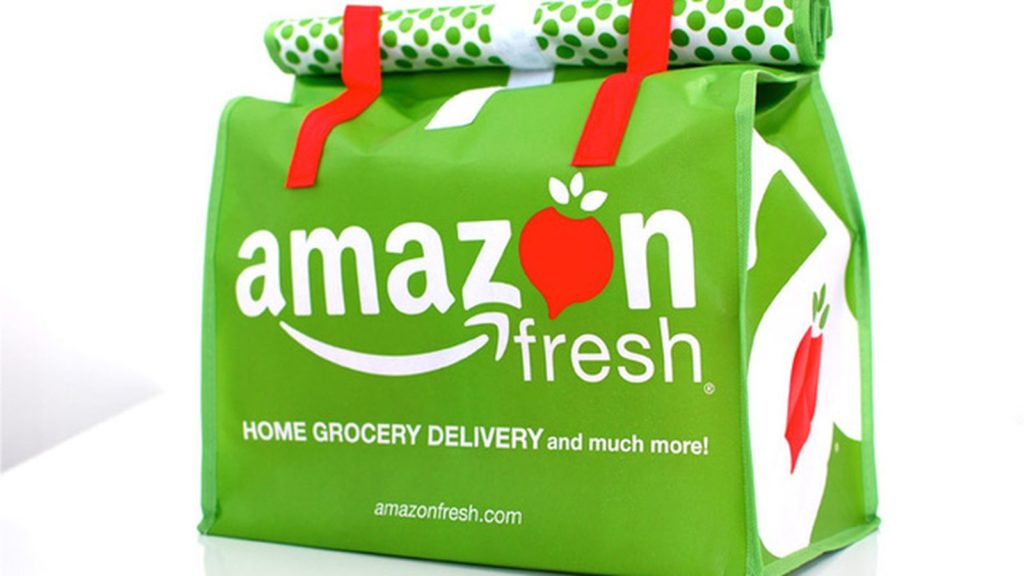According to e-commerce research firm, One Click Retail, Amazon attained an 18 percent market share of e-commerce grocery sales in the US in 2017. These results are double that of Amazon’s greatest competitor, Walmart.
Originally, e-commerce struggled to disrupt the fresh food and beverage industry because consumers prefer to touch and smell their food items before purchase. However, after Amazon created their AmazonFresh service, which provides same day delivery for customers, the market for e-commerce grocery grew. This service in one of the reasons why the e-commerce giant was able to increase its growth rate more than 50 percent in its three largest markets: the US, UK and Germany.
The millennial market is becoming more interesting in online shopping because of its convenience factor. Young professionals who are regularly too busy to stop at grocery stores can now purchase anything they need from Amazon. Amazon Prime’s Pantry was a big seller for the company’s Prime membership program during the 2017 holiday season. Amazon Fresh is also expanding its reach to more cities and towns in the US, UK, Germany, Japan and soon to be Australia. These initiatives allow more consumers to have access to Amazon’s services.
One Click Retail believes that Amazon’s acquisition of Whole Foods was the biggest growth driver for the company in 2017. However, according to the research firm, most of the growth came from Amazon-owned Whole Foods stores in the US. Just two days after the mid-2017 acquisition, consumer traffic to Whole Foods stores increased by 25 percent and Amazon Fresh also experienced a noticeable increase after the news.
Over 90 percent of Whole Foods’ 365 private label brand’s products sold out the first week they were introduced to the e-commerce site. While Amazon’s “Amazon Basics” brand is the number one best selling brand on the site with an estimated $11 million in sales by the end of 2017, 365 comes in as a close second.
According to the research firm, beverages sell more than other categories online. Drinks such as coffee (led by coffee pods/capsules for coffee machines) and cold beverages (mostly energy drinks and bottled water) drove the sales in this category. The other top categories include snack foods, breakfast foods, candy and gum. These results are indicative of consumer preferences for purchasing non-perishables online.
Such results are concerning for Amazon’s competitor Walmart. As the retail chain tries to make a place for itself in the e-commerce industry, it faces difficulty in keeping up with Amazon’s services. AmazonFresh’s unique same-day home delivery service is preferred over Walmart’s in-store pickup of online grocery orders. With Lidl vying for more grocery consumers with their unique low-priced food items, there is a likely chance that the grocery industry will experience a price war.
“The Amazon and Whole Foods partnership is a perfect match, doubling down on the campaign begun by Amazon Fresh to change consumer perceptions of online grocery sales from ‘non-perishables only’ to high quality, fresh, ‘whole’-some foods,” stated the report. “For brands, this will have – and already has had – widespread implications, with food sales moving online in record volumes as consumer confidence soars. The growth potential for online sales of groceries in 2018, and fresh foods in particular, is huge. In all likelihood, this is the tipping point we have been waiting for.”












Join or login to leave a comment
JOIN LOGIN